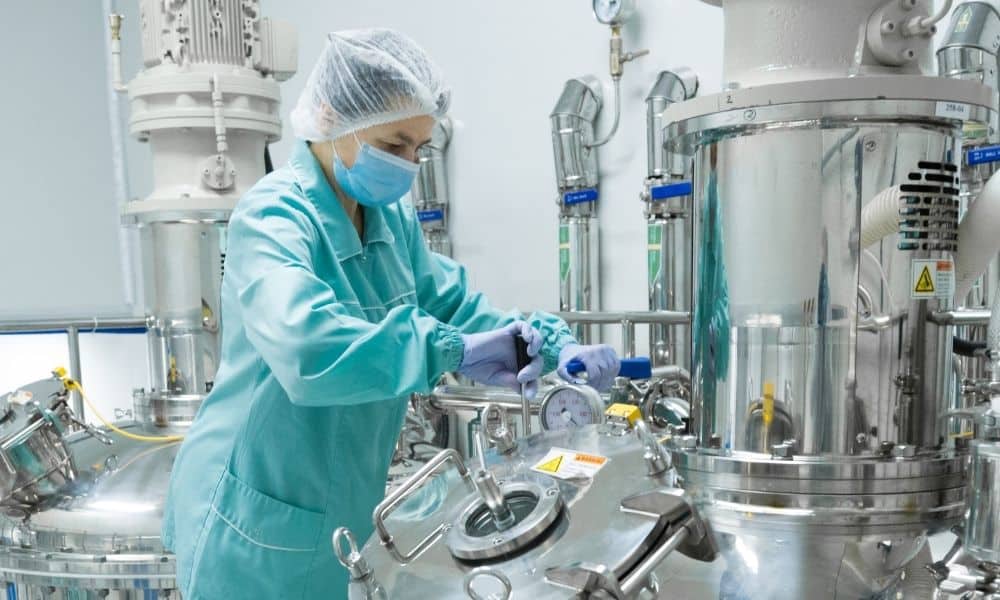Healthcare is an essential field; however, as healthcare design improves, we need to find new solutions to care for patients. For example, strategies need to form to ensure medical equipment improves, which involves sanitizing workstations and choosing a material that works for that work environment. A material to consider is stainless steel; here are the reasons.
Stainless Steel Heals Itself
Aside from being used in industrial and chemical fields, stainless steel has seen its effectiveness pay off in many ways in healthcare design. One of the main reasons to have stainless steel in healthcare design is that it heals itself and is a low-carbon substance. Another benefit is that stainless steel has chromium built in that helps medical-grade equipment resist corrosion.
Because of the enhanced properties of stainless steel, the chromium content it holds creates an invisible layer around the equipment. It allows it to breathe, even with oxygen present. Additionally, when another material is used, micro-cuts are made. These fissures create bacterium breeding grounds that can cause severe illness or infections in patients and workers. Since stainless steel is self-healing, that problem is fixed.
It Forms Into Any Shape, Size, and Type of Surface
Stainless steel can bend, shape, and extend into any surface material you need for your medical design. The one version used often is type 304 austenitic sheets of steel that transform into nonmagnetic stainless steels that contain high counts of chromium but low levels of carbon.
Stainless Steel Is the Cleanest
The stainless steel surface doesn’t need a high concentration level to achieve a strong hygiene point. Since this material is better in healthcare, it’s easy to administer cleaning products to the material and not let it create those fissures we mentioned above. Truth be told, cleaning and disinfectant products become three to four times more effective when applied to stainless steel than aluminum or polymers.
Stainless Steel Is Durable and Strong
Steel, in general, is strong, but its better half, stainless steel, is stronger and more durable than other types. The strength-to-weight ratio is remarkable, as the material is often used when carrying heavy equipment and cleaning supplies. For example, a stainless steel sink in a lavatory can resist impact and current extremes; this makes it the better choice for medical and lavatory environments.
Stainless Steel Saves Money and Lasts a Long Time
When an alternative metal’s lifecycle ends, you need to react fast and restore or replace it. However, that costs a lot. You want a material that lasts and won’t create a hole in your budget plan. There’s a lot to know about stainless steel, especially stainless steel used in sanitary welding. Using this material in the medical field can help your equipment lasts long, and you won’t need to maintain it that often.
When considering your options and weighing the reasons to have stainless steel in healthcare design, you should also consider its rewarding benefits and ability to prevent bacteria from growing and harming medical workers and patients.







